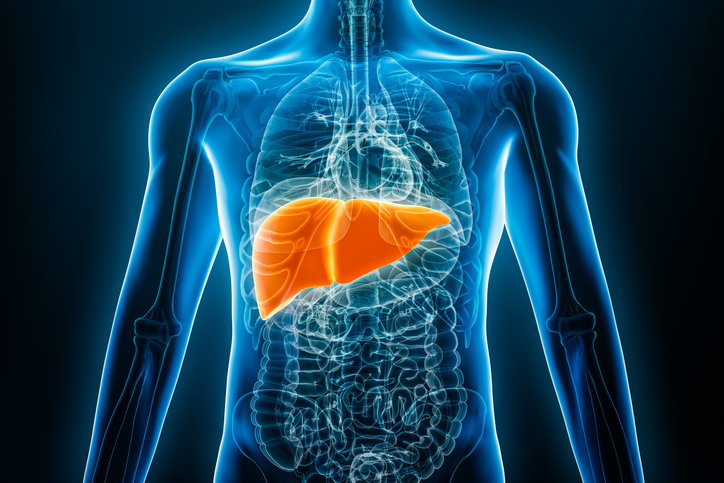In the five years since Italy-based Chiesi Group established its rare diseases division in Boston, the unit has obtained regulatory approvals worldwide for 10 therapies, all small molecules and engineered proteins. More recently, the company has been exploring how to expand its portfolio so it can have a greater and longer-lasting impact for patients. The next part of this strategy takes the company into the area of genetic medicines.
Chiesi Global Rare Diseases had worked on oral small molecules and enzyme replacement therapies because those were the types of drugs the company knew well, said Giacomo Chiesi, executive vice president of the rare diseases unit. But he added that growth requires new modalities in which the unit has no experience. The company is now adding CRISPR-based gene editing to its toolbox, announcing this week a $115 million commitment to begin a partnership with Arbor Biotechnologies, based in nearby Cambridge, Massachusetts. The deal provides a clinical-stage rare disease therapy and access to the technology platform that created it.
“We felt like we were falling a little bit behind in not being able to offer cures to patients,” Chiesi told MedCity News. “From our perspective, this is another important tool in the suite of solutions that we want to definitively bring to patients in the future.”
Arbor’s asset at the center of the deal is ABO-101, a gene-editing therapy for primary hyperoxaluria type 1 (PH1). This rare inherited disease begins in the liver but manifests as kidney problems. Patients with PH1 lack an enzyme necessary to break down oxalate, a compound produced by the liver. As a result, oxalate builds up in the kidneys and forms kidney stones that damage the organ, explained Arbor CEO Devyn Smith. PH1 can cause end-stage kidney disease, which requires an organ transplant, a temporary solution. Because the root of the disease is in the liver, a new kidney does not address the excess oxalate in the body, so the transplanted organ is eventually damaged as well.
Currently available FDA-approved PH1 therapies employ small interfering RNA to stop the production of a key enzyme for oxalate production. These genetic drugs reduce oxalate levels, but they are chronic therapies: Alnylam Pharmaceuticals’ Oxlumo is injected every three months, while Novo Nordisk’s Rivfloza is administered once a month. Arbor’s ABO-101 is a potential one-time treatment. It also goes beyond current gene editing approaches.
CRISPR first reached patients as ex vivo therapies in which the editing work is done in a laboratory and genetically modified cells are infused into the patient. Arbor’s ABO-101 does its editing work inside the patient. Its genetic cargo is encapsulated within a lipid nanoparticle, a type of particle that targets the liver. This Arbor therapy addresses the same enzymatic target as the Alnylam and Novo Nordisk PH1 drugs, but uses CRISPR to disable the gene that codes for it. Smith acknowledged the availability of chronic PH1 therapies, but says ABO-101 gives PH1 patients the opportunity to become disease-free.
“If you think about unique approaches as a parent, if my child had a chronic illness, I would prefer for the illness to go away so they can live their life and do what they need to do and not have to have this burden of illness on them for the rest of their lives,” he said.
Beyond the potential long-term durability of Arbor’s therapy, Chiesi said his company sought to give patients a better treatment experience. The first generation of gene-editing drugs requires a conditioning regimen to prepare the patient’s body to receive the treatment. This regimen uses toxic drugs, which can be difficult for patients, especially children. Since Arbor therapy does its editing work within the patient, no preconditioning is necessary.
The field of biotechs developing in vivo gene editing therapies includes Editas Medicines, Intellia Therapeutics, Mammoth Biosciences, Precision Biosciences and Scribe Therapeutics. All of these companies already have partners. Arbor also has partners, although those agreements are for ex vivo therapies. Chiesi said his company spoke to several gene-editing biotech companies with programs in various stages of development and selected Arbor after an 18-month due diligence process.
Initially, Arbor did not plan to partner with ABO-101, its most advanced program, Smith said. Earlier this year, Arbor closed a $73.9 million Series C financing to support clinical development of the PH1 program. But he added that as a startup with a platform technology, Arbor constantly receives inquiries about its technology and its pipeline. Smith said partnering with Chiesi Global Rare Diseases puts ABO-101 in the hands of a company committed to rare diseases and bringing knowledge and expertise to this space. Now that ABO-101 development is led by a partner, Arbor can focus on other indications that take in vivo gene editing beyond the liver. Arbor’s pipeline includes three preclinical programs, each addressing different targets for amyotrophic lateral sclerosis (ALS).
Chiesi Global Rare Diseases is kicking off the Arbor alliance with up to $115 million in upfront and near-term payments to its partner. The gene editing company could receive up to $2 billion in milestone payments, as well as royalties on sales of approved products arising from the research.
ABO-101 began a Phase 1/2 clinical trial over the summer; Target enrollment is 23 patients. Arbor remains the sponsor of that trial, but Chiesi Global Rare Diseases will collaborate on this study and lead future clinical trials of the therapy, Chiesi said. The deal also gives the rare disease company the option to use Arbor’s gene editing platform to develop new liver-targeted therapies for rare diseases. Chiesi said those goals are predefined but not revealed. The two private companies also do not disclose timelines for the readout of the ABO-101 study, but Chiesi said the clinical trial and broader partnership are moving forward with a sense of urgency.
“Patients can’t wait for new solutions; that’s what drives both organizations,” he said. “That’s why we are going to be fast and efficient in future clinical development.”
Illustration: royalty free, via Getty Images


